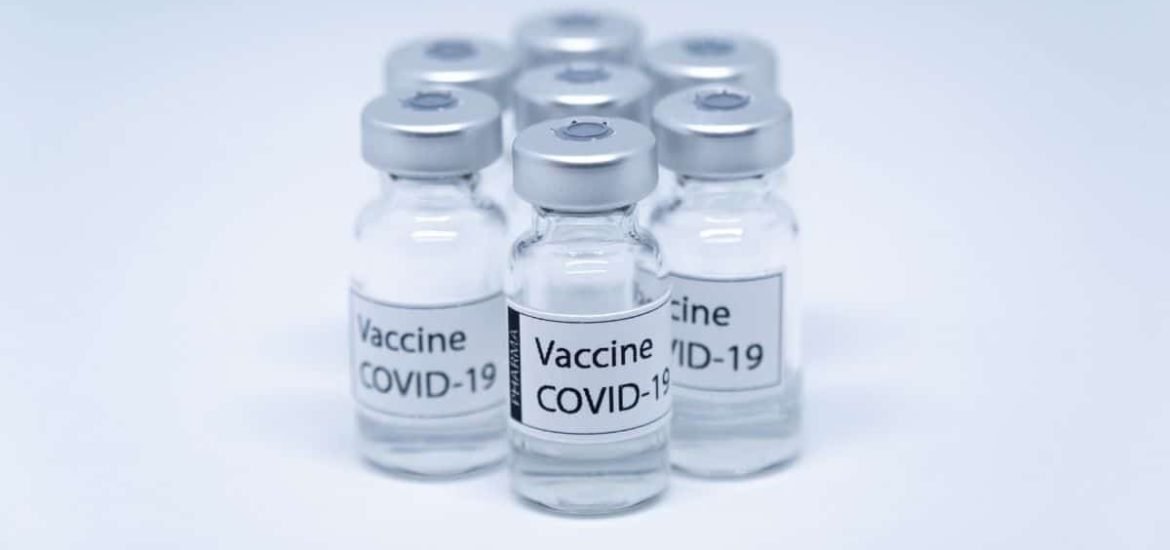
This week, the University of Oxford in the UK and global pharmaceutical company AstraZeneca announced the latest results in the global hunt for a COVID-19 vaccine. On 23 November, the developers reported that their vaccine is, on average, 70 per cent effective based on a preliminary analysis of phase III trial data of the experimental two-dose vaccine.
The analysis is based on 131 COVID-19 cases among more than 11,000 trial participants in the UK and Brazil, up to 4 November. However, something is puzzling scientists: the immunization was more effective in trial participants who received a lower first dose.
While one group of participants received two identical doses of the experimental COVID-19 vaccine one month apart, another cohort received only a half dose followed by the full dose one month later. Curiously, the half dose seems to be more effective – the overall 70 per cent figure is the average of 62 per cent for the full dose versus 90 per cent for the half-dose regimen.
The difference in efficacy might be random, as some scientists suspect. Another possibility is that the full dose might actually blunt the immune response, whereas the smaller initial dose primes the immune system in a way that better mimics a natural infection, says Prof Sarah Gilbert, a vaccinologist at the University of Oxford.
At a press briefing, AstraZeneca’s vice-president Mene Pangalos said the company will ask regulators to modify the trial to include the more efficacious dosing regimen. The company has received some criticism as earlier reports did not mention why some study participants received less vaccine in the first dose.
In a statement on Wednesday 25 November, Oxford acknowledged that a manufacturing error had led to half a dose being administered instead of a full one in later phases of its clinical trials. “The methods for measuring the concentration are now established and we can ensure that all batches of vaccine are now equivalent”, the statement continued. However, it is now unlikely that Oxford will receive emergency use approval for the relatively small subset of subjects – the half dose has only been given to 2,300 people.
No participants who received the vaccine were hospitalized or developed severe COVID-19 infections. Differences in infection rates between people who received the placebo and the Oxford vaccine suggest that it also may also block transmission of the virus.
How does the Oxford vaccine compare to the Moderna and Pfizer vaccines?
The Oxford vaccine is made of an adenovirus isolated from the stool of chimpanzees that when injected instructs human cells to produce the SARS-CoV-2 spike protein, which then stimulates the immune system and might result in long-lasting protection against the virus. The vaccine, therefore, has the advantage of being stable at refrigerator temperatures, whereas the mRNA-based vaccines of Moderna and Pfizer must be stored at -70 degrees Celcius, presenting obvious logistical challenges.
The Oxford vaccine could also be available more quickly. The company says 200 million doses could be available by the end of 2020 with potential to produce 100 million to 200 million doses per month once production is ramped up.
Experts caution against making direct comparisons with limited data. “We’re slightly in danger of rushing to compare apples and oranges,” Daniel Altmann, an immunologist at Imperial College London told Nature. “There’s a long, long way to go before these data settle down and get reported and published in full.”